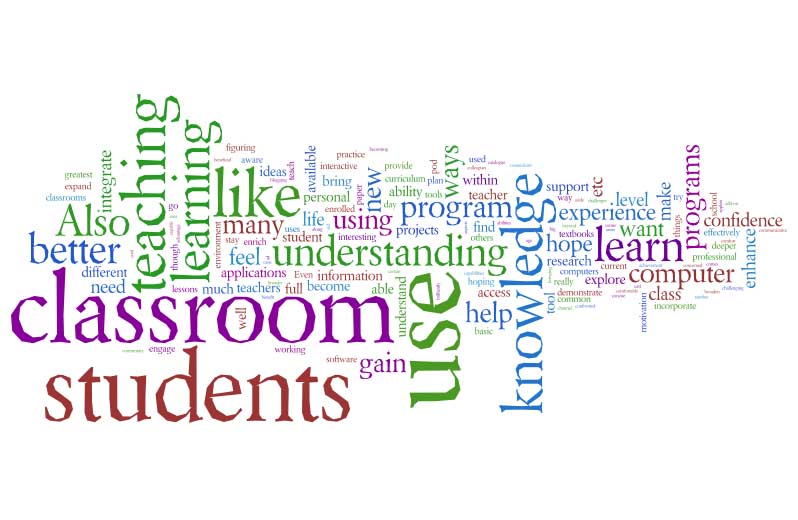SFU’s new Learning and Teaching with Technology Graduate Diploma Program started up in Coqulitlam, BC two weeks ago. What is truly different for me with this program is that while the teachers coming in to the program have a wide range of skills just like previous teachers in TLITE programs, this time they have all just dived right in. And the first dive is higher, with more bounce and flair than I’ve seen at the beginning of a program before.
Last night, in just the second class, James McConville presented on ‘Digital Learning Networks’. He covered a lot and challenged the teachers to start building an online network with a fairly comprehensive final assignment. It included
contribut[ing] to the human network [by] comment[ing] on 5 news articles, 5 blogs, and 5 other networks (twitter, facebook, etc.).
The teachers were then asked to summarize their experience and create a mind map such as the one David Warlick has done here, in his blog post The Technologies we Make. (Read about PLN’s in his post Networked Learning at Conferences and/or try his PLN Survey.)
What is curious for me is that the information James presented could be considered to be cutting edge. James had only recently attended the International Congress for School Effectiveness in Vancouver and so what he was talking about was current for him. It was new and exciting, connections he’d made at the conference and how that impacts his work. Yet this group of “new to the program teachers” weren’t out of their depth as a group. Sure, individuals picked up on different things: some joined Twitter on the spot, others busily signed up for a Google Reader account, a few were following along with the blog posts his slide show directed them to, while still others were setting up new Google Docs account for the next activity I had forewarned them about, and yes, some were wondering what was going on. But overall, these teachers were demonstrating something very exciting in the way they participated in the presentation, a kind of readiness for change. A readiness for change in how they learn and how they will teach. Immediately after James finished, one teacher excitedly told me
I’ve realized it’s not at all about the technology. It’s about me and about my learning.
That comment came through in an interesting way in the profile sheets that the students filled out after the first introductory class. For the most part they genuinely have enrolled in this program to gain a deeper understanding of how to effectively use the technology to enhance student learning in an informate manner, rather than simply to automate their teaching. The “what we know” and “what we hope to gain” Wordle art from this group is interesting to consider. In both cases the word technology was removed from the mix. In the first wordle it would have appeared 39 times, in the second 51.
What we Know:

What we hope to gain:

